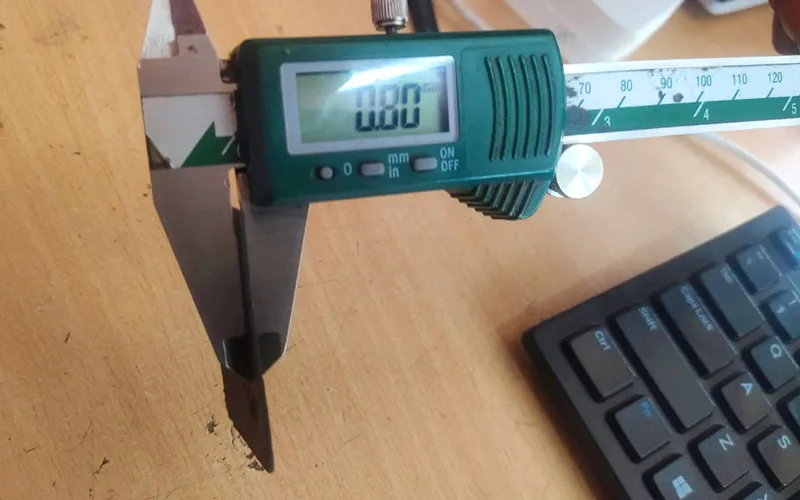How Do I Determine the Appropriate Thickness and Thermal Conductivity for My Specific Application?
- Posted on:2023-07-18 09:09:00
- Source:AOK Thermal Pad Manufacturer FAQs
Determining the appropriate thickness and thermal conductivity for a silicone thermal heatsink insulator pad requires considering several factors related to the specific application. Here are some general guidelines to help you determine the appropriate thickness and thermal conductivity for your application:
1. Thermal conductivity
The thermal conductivity of the pad should be high enough to efficiently transfer heat from the component to the heatsink. The thermal conductivity of silicone thermal heatsink insulator pads can range from 0.5 ~ 10 W/m.K. The higher the thermal conductivity, the better the heat transfer performance. However, higher thermal conductivity pads may also be more expensive.
2. Component size and power dissipation
The size of the component and the amount of power it dissipates will impact the amount of heat that needs to be transferred. Larger components and those that generate more heat will require pads with higher thermal conductivity to ensure efficient heat transfer.
3. Heatsink design
The design of the heatsink will also impact the heat transfer performance of the pad. For example, a heatsink with a large surface area will require a pad with higher thermal conductivity to ensure efficient heat transfer across the entire surface.
4. Operating temperature range
The temperature range of the application will also impact the choice of pad thickness and thermal conductivity. Pads with higher thermal conductivity may be required for applications that operate at higher temperatures.
5. Physical clearance
The thickness of the pad should be selected based on the physical clearance between the component and the heatsink. The pad should be thick enough to fill any gaps, but not so thick that it causes excessive pressure or interference between the component and the heatsink.
The appropriate thickness and thermal conductivity for a silicone thermal heatsink insulator pad will depend on the specific application requirements, including component size, power dissipation, heatsink design, operating temperature range, and physical clearance. It's recommended to consult with the thermal pad manufacturer or thermal pad management expert to ensure the right choice of silicone thermal heatsink insulator pad for your application.
If you would like to learn more about AOK performance thermal materials, please visit our website at www.aok-technologies.com


